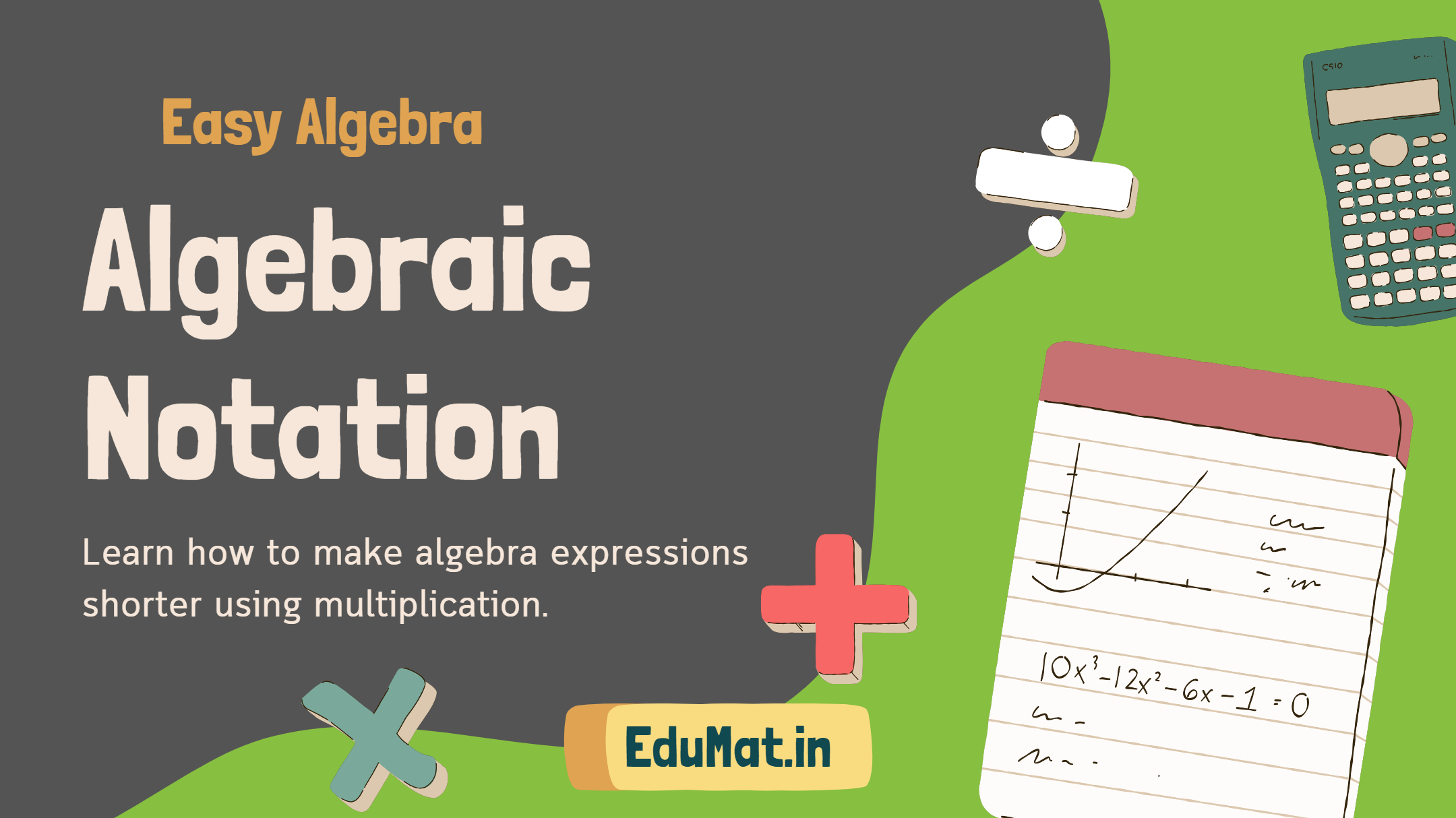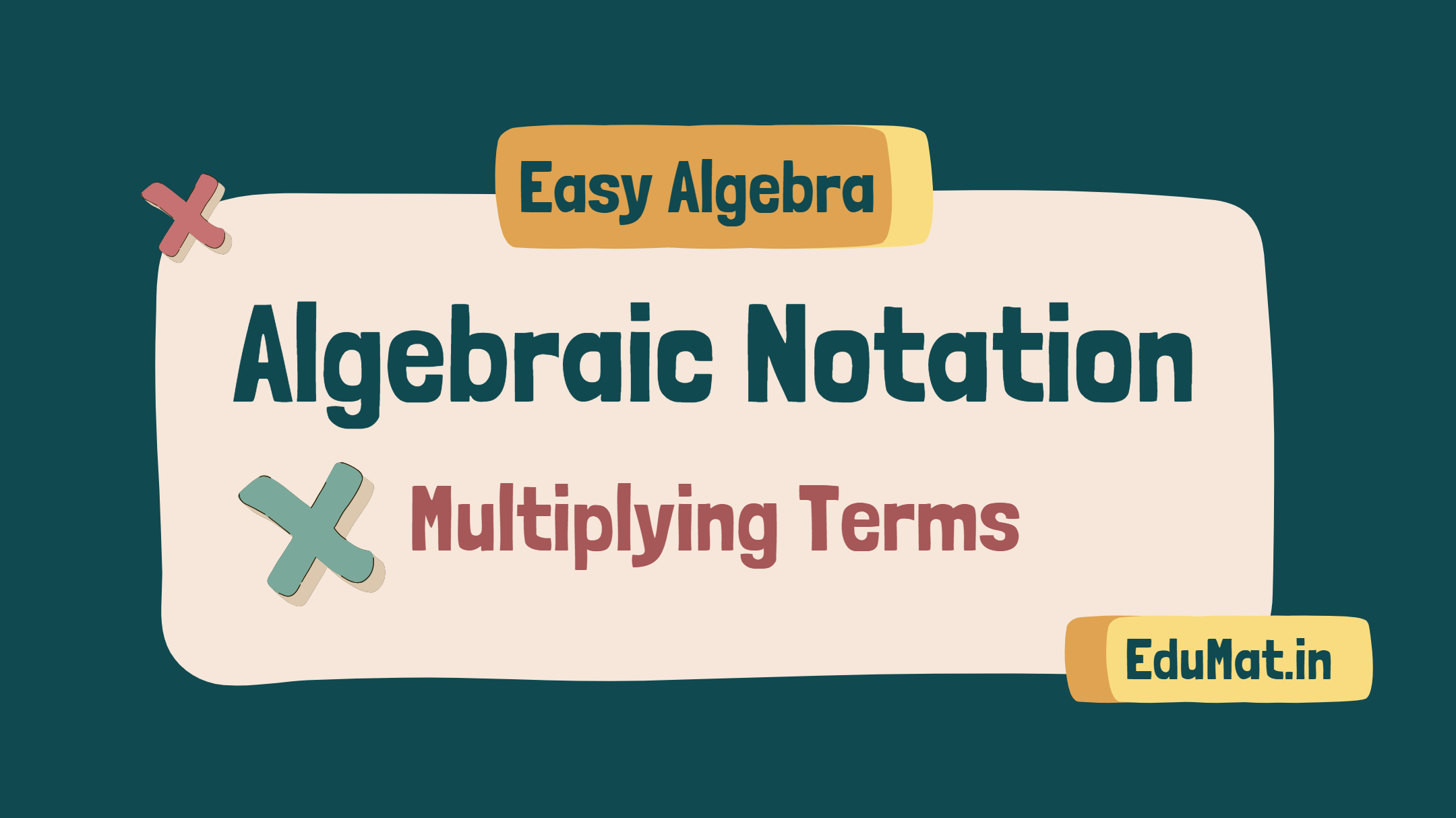Algebraic Notation for Dividing Terms Made Simple - Easy Algebra

mukesh juadi
Developer passionate about merging technology and creativity in software, games, websites, and more to create engaging experiences.
Master the art of simplifying algebraic expressions using division and fractional coefficients. Learn how to cancel terms and solve with confidence through EduMat’s colorful, easy-to-follow guide.

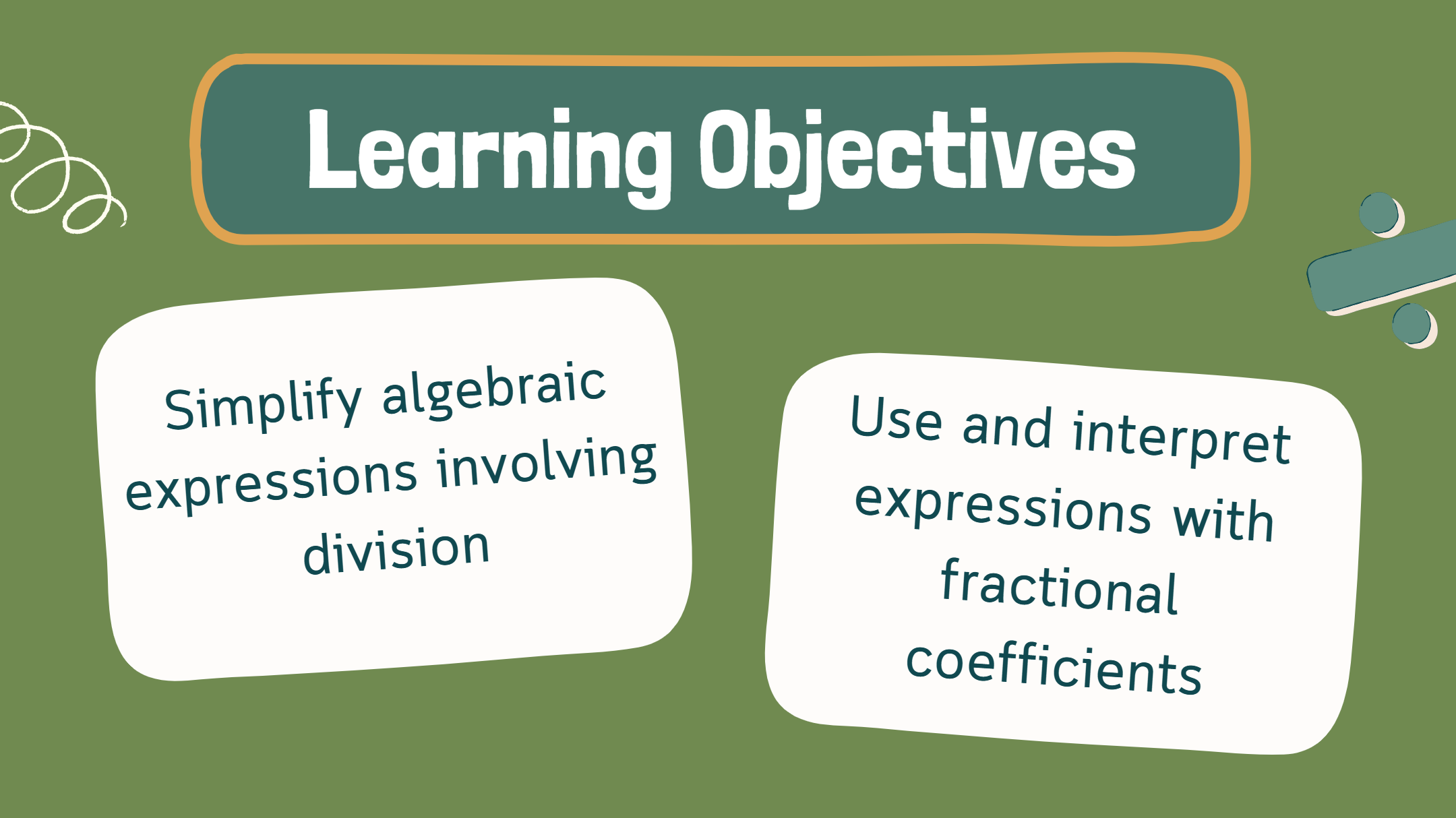
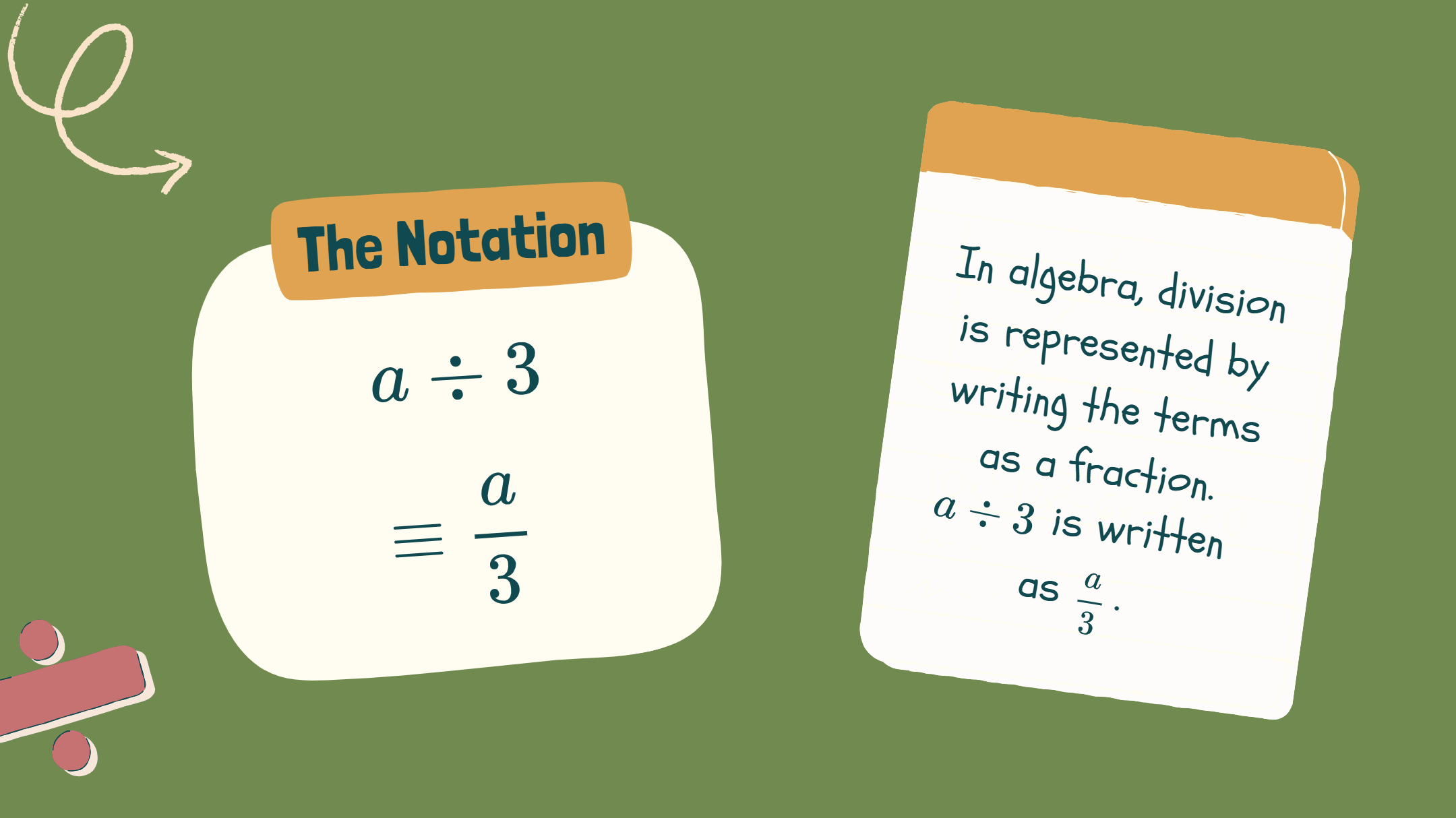
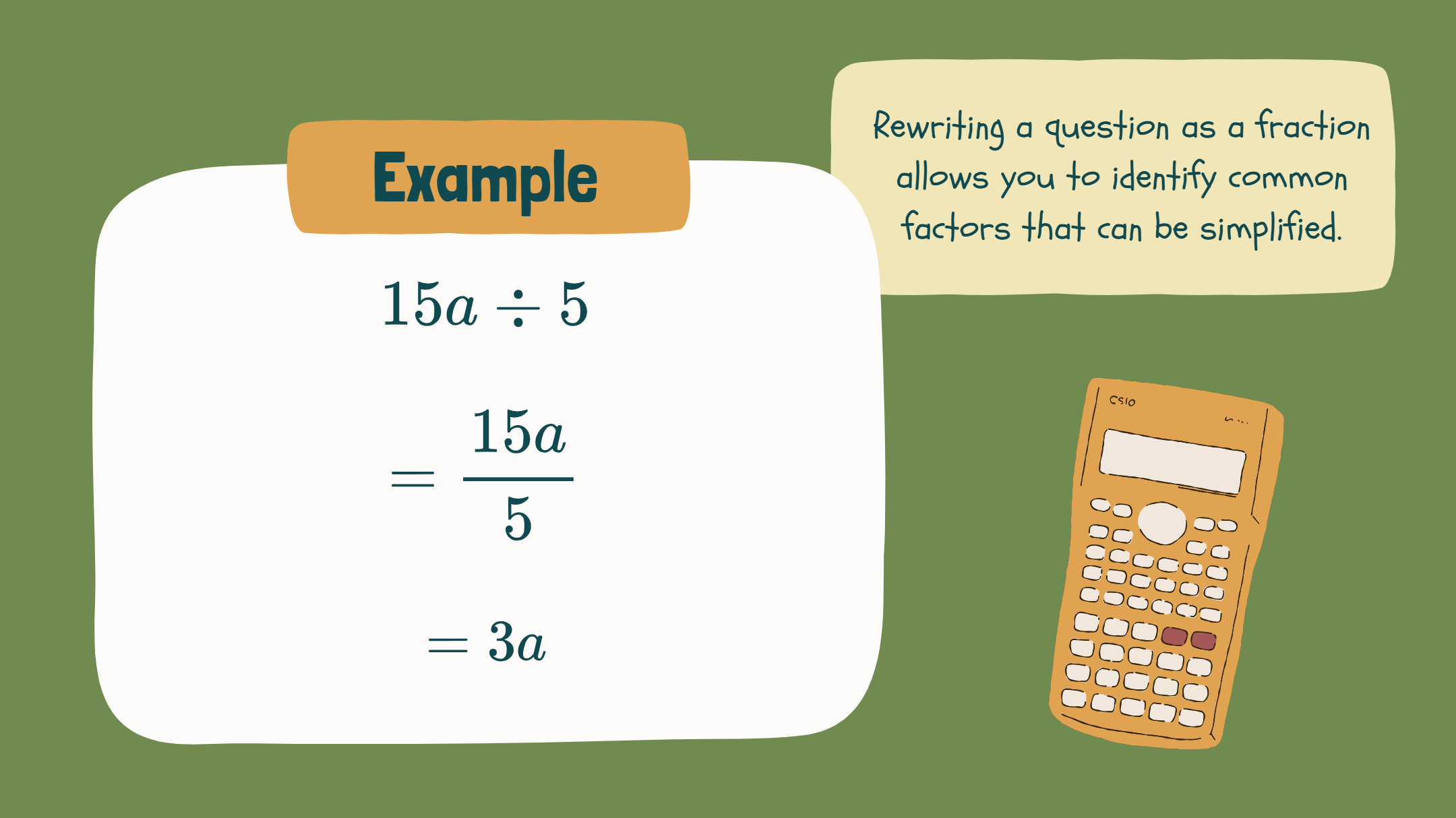
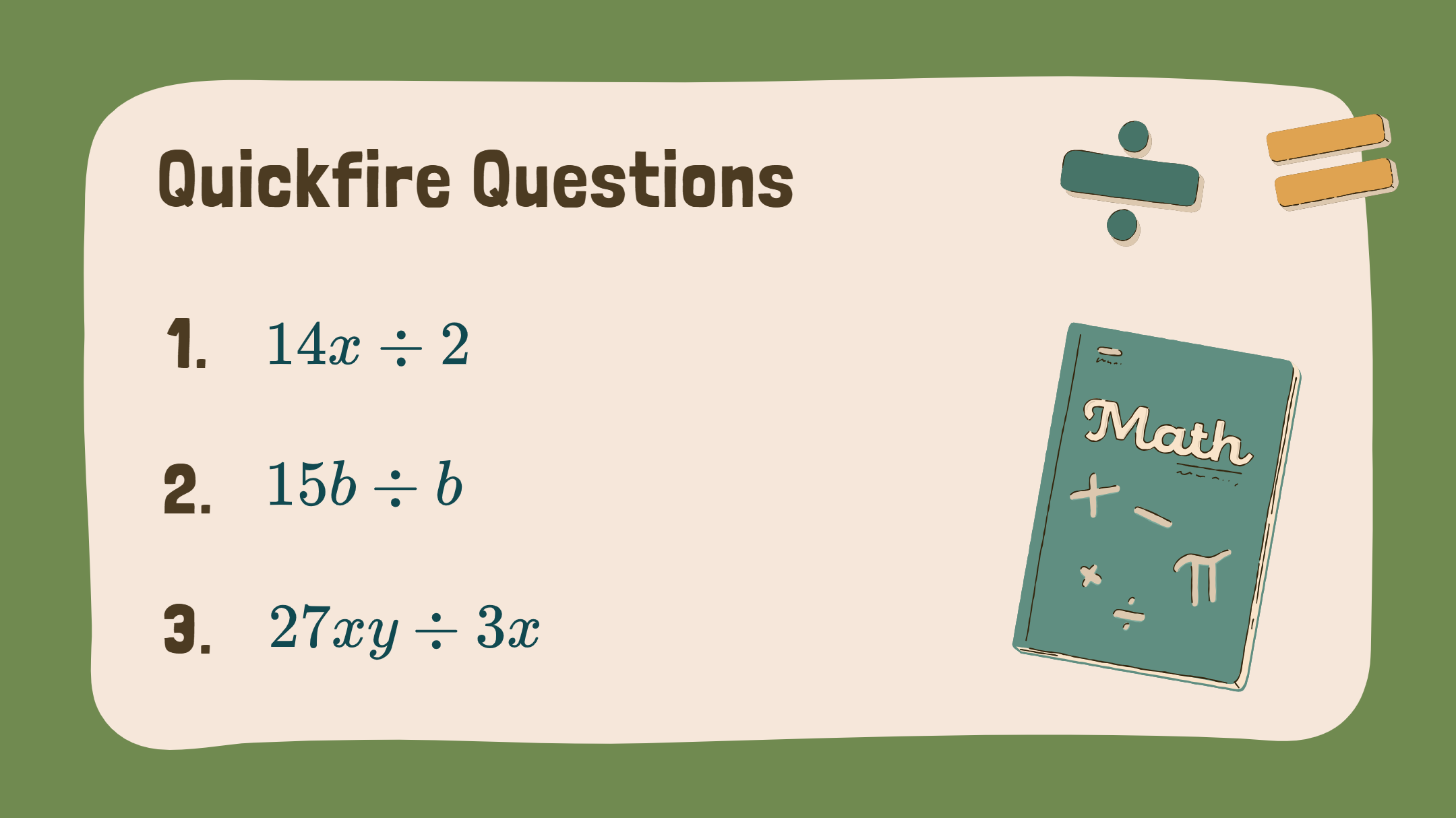
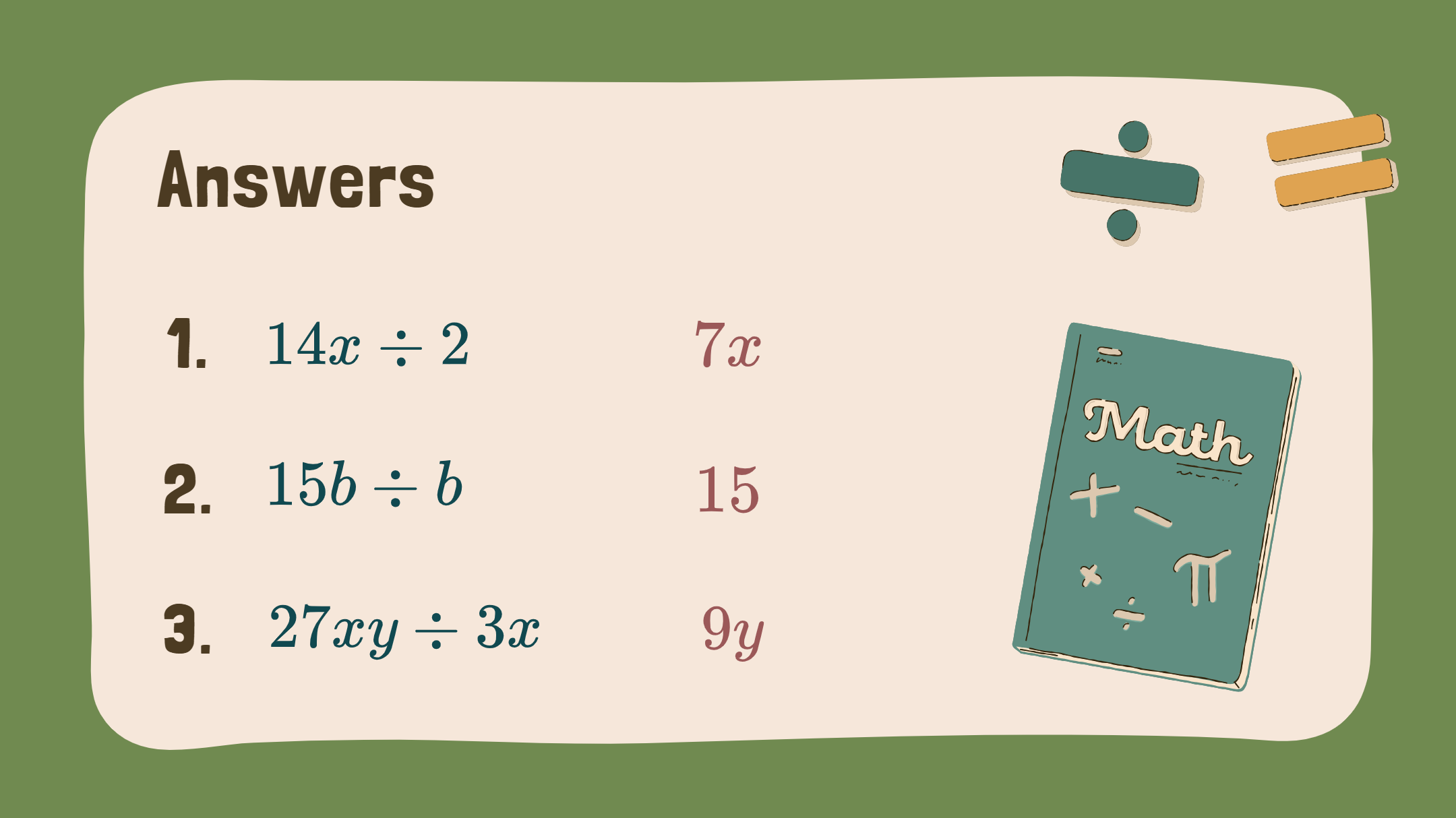
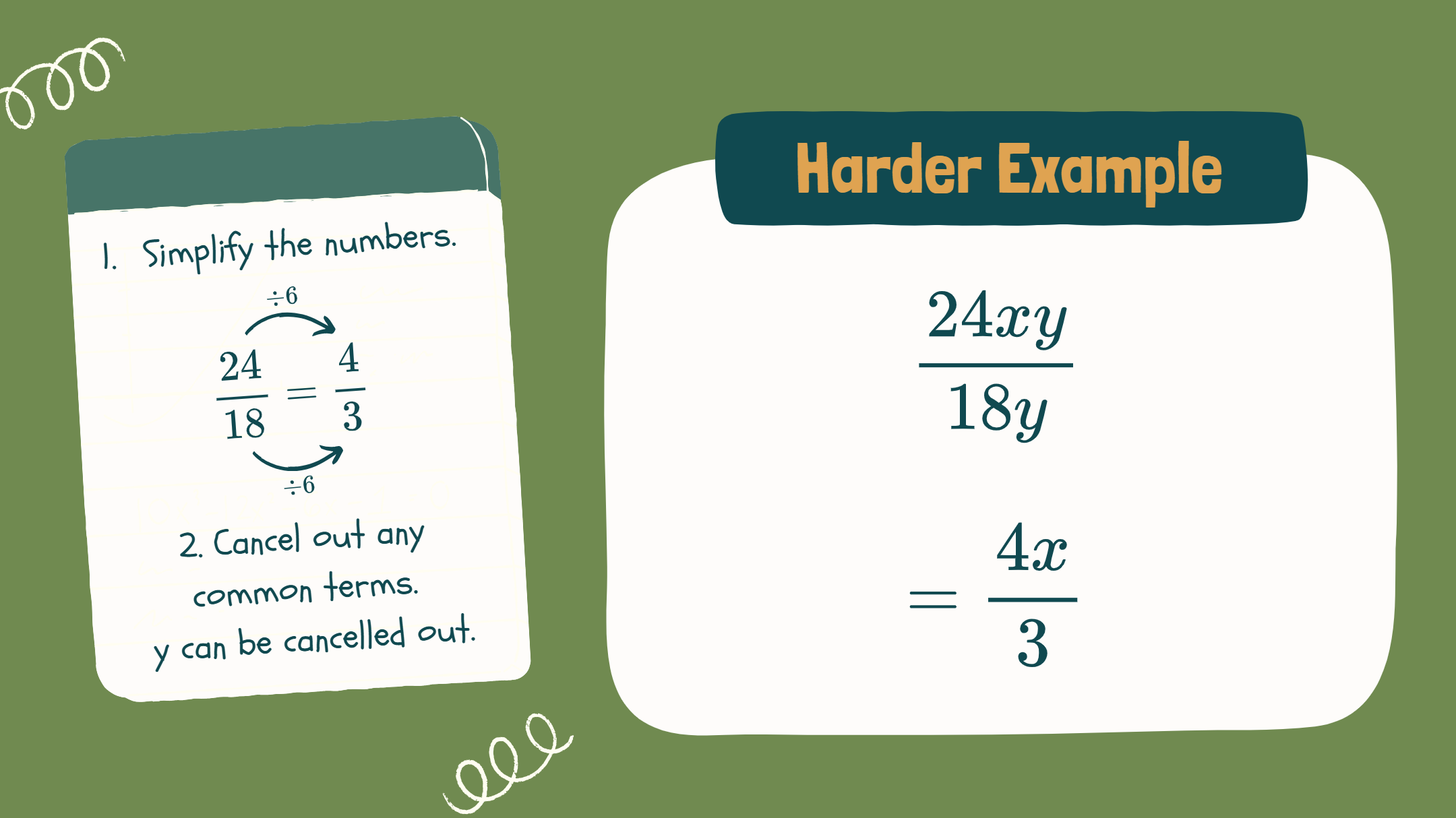
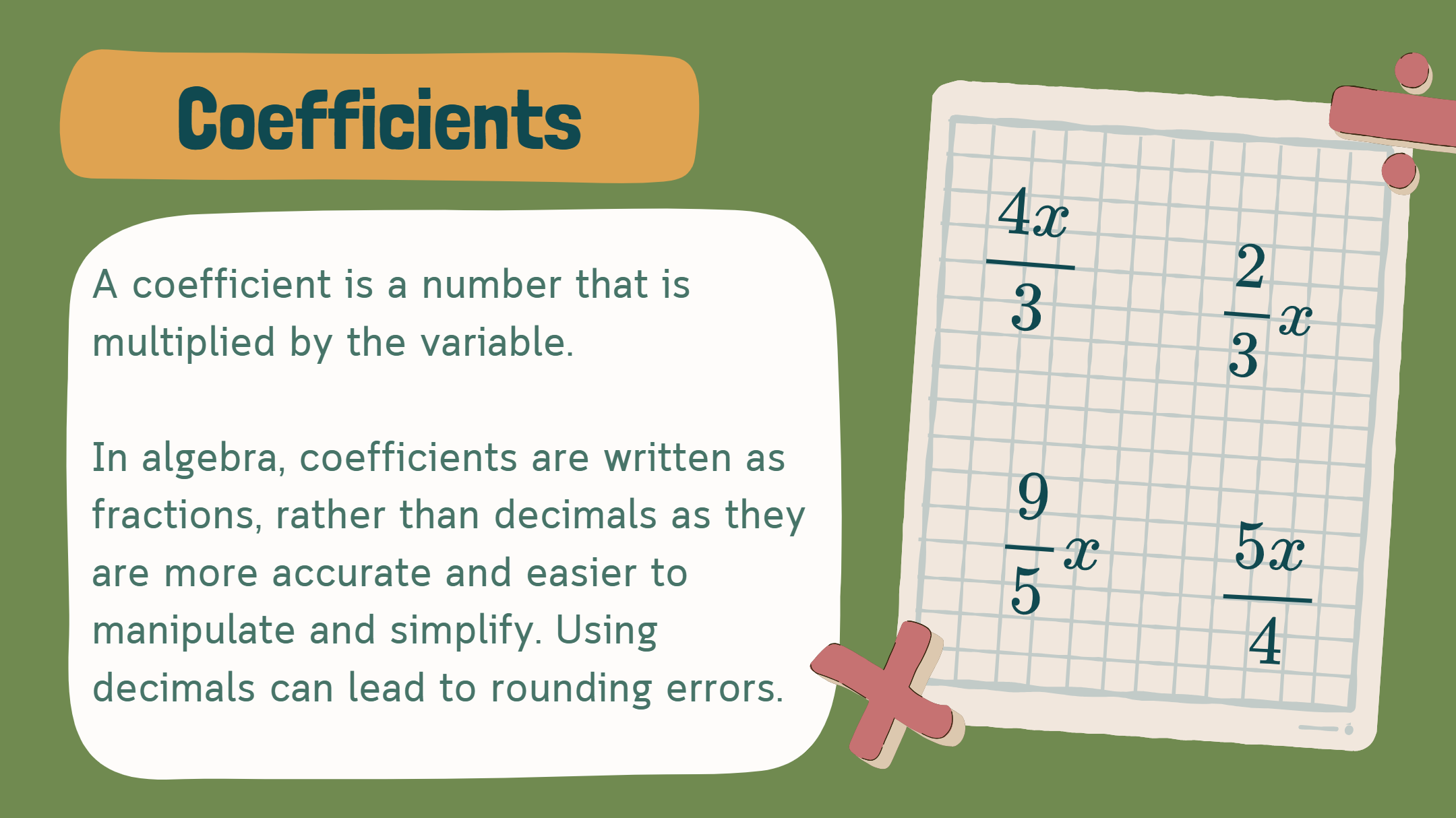
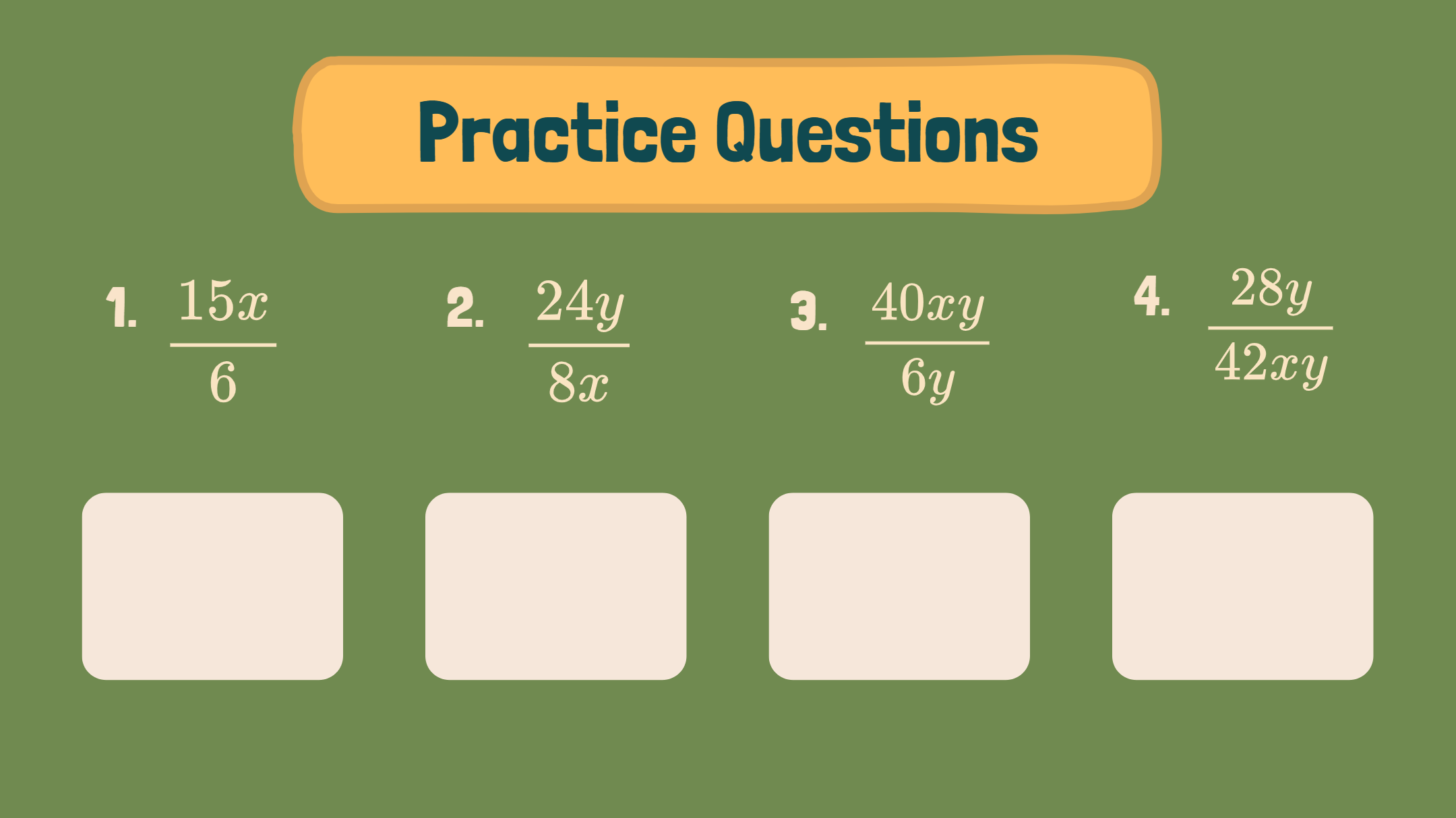

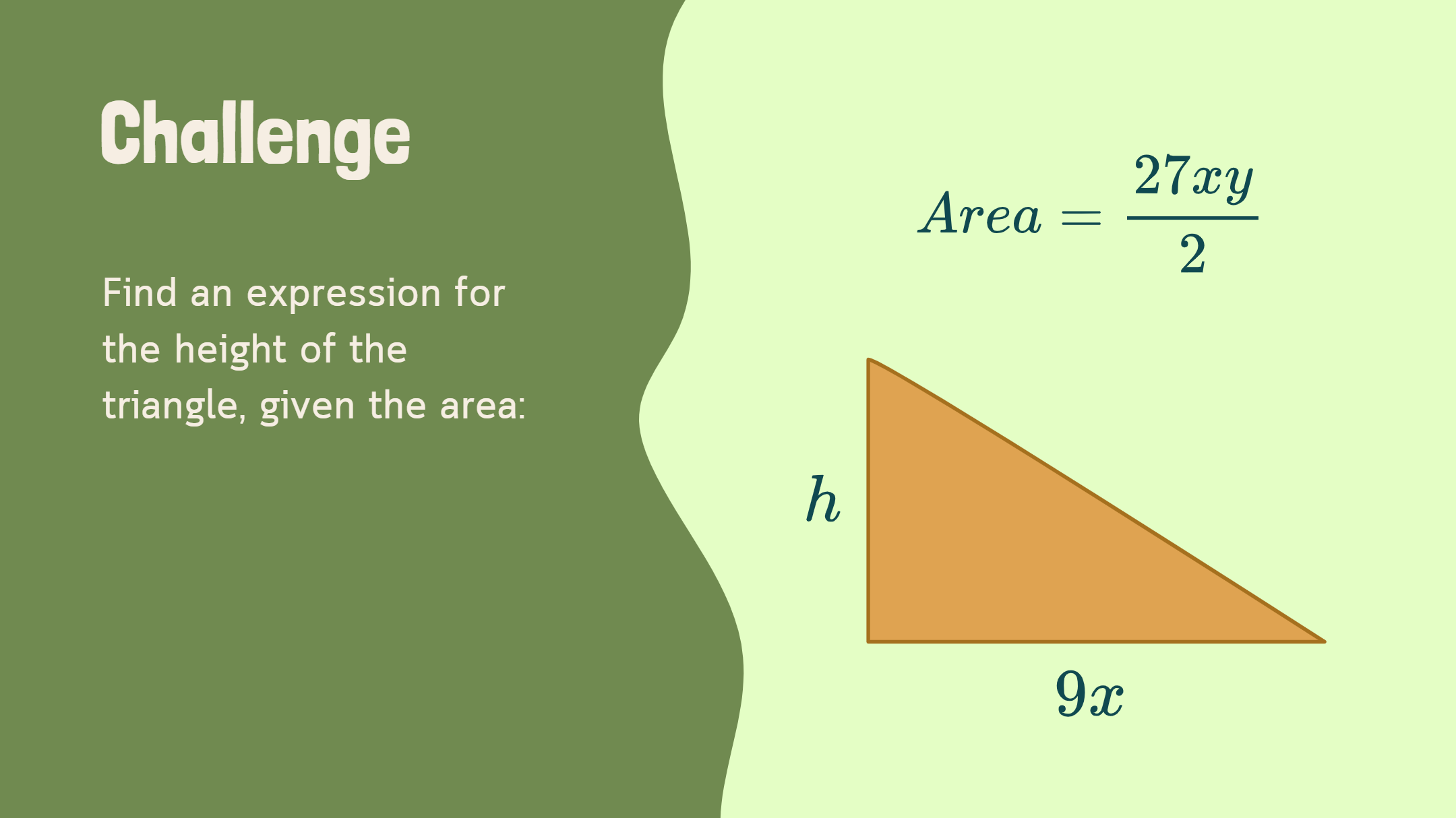
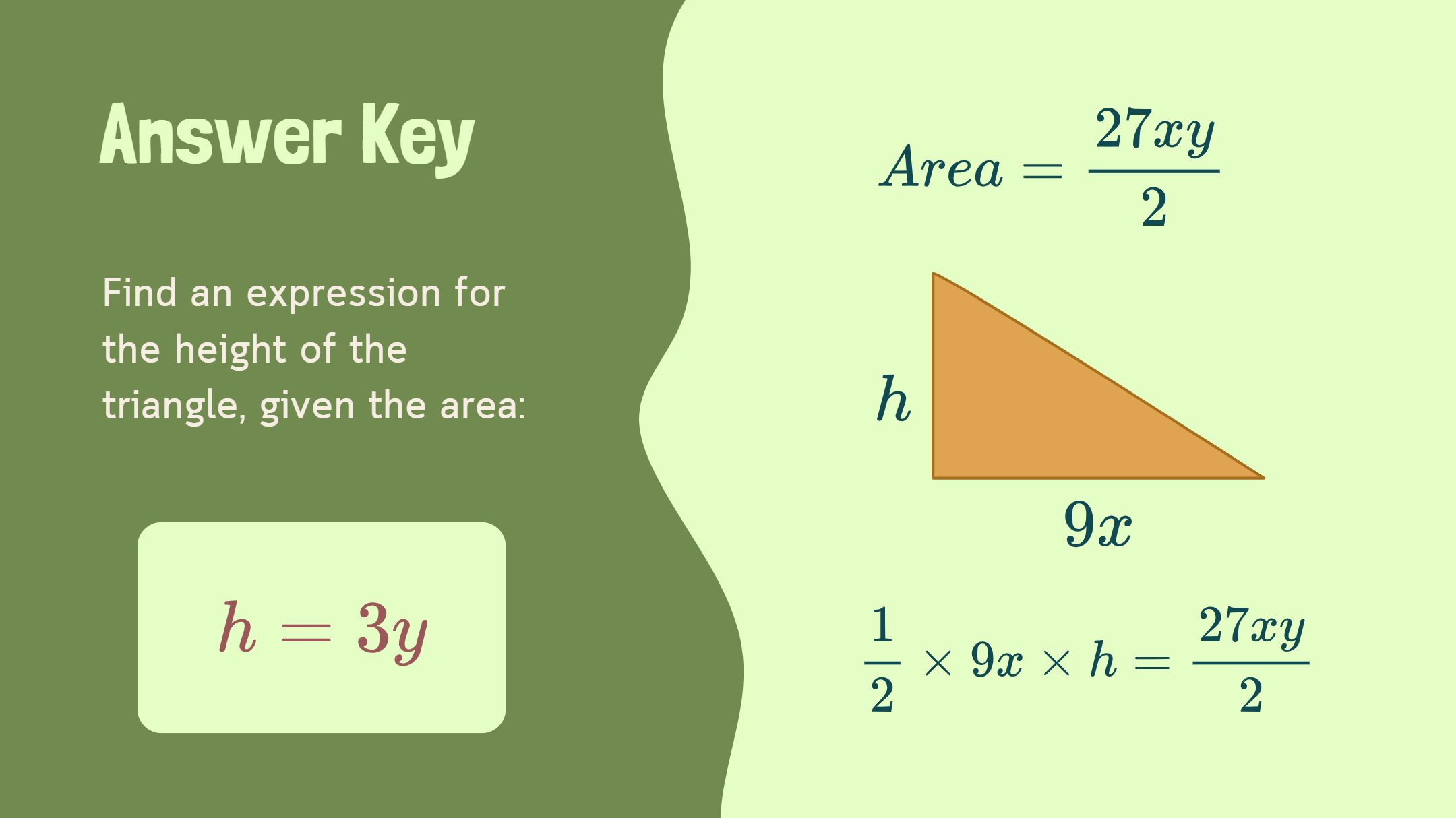

Algebraic Notation: Dividing Terms
Learning Objectives
This guide is designed to help students and learners understand key ideas in algebra related to division. Specifically, the objectives include:
- Learning how to simplify algebraic expressions that involve division.
- Developing the ability to read and interpret expressions that use fractions as coefficients.
By the end of this topic, students should be comfortable with recognizing and working with division in algebraic formats.
Introduction to Division in Algebra
In algebra, division is not usually shown using the traditional division sign that is taught in early arithmetic. Instead, it is represented using a layout where one term is written above another, forming a fraction. This method of notation is preferred in algebra because it is more flexible and aligns better with simplifying expressions.
Using this approach makes it easier to understand how different parts of an expression interact and allows us to see which parts can be simplified or reduced.
Understanding the Notation
The style of writing division in algebra often involves placing one expression over another in a vertical format. This is not only a clean and consistent way to write problems, but it also makes it easier to identify common components between the top and bottom parts of the expression.
This method is used throughout algebra and higher-level mathematics, and being familiar with it early on is very helpful.
Why This Notation Is Useful
The main benefit of this notation is that it makes simplification more intuitive. When terms are written in this format, it becomes easier to spot parts of the expression that are repeated or shared. These repeated parts can often be removed or simplified, which makes the entire expression shorter and easier to work with.
Simplifying expressions is a core part of algebra and helps in making problems easier to solve.
Concept of Coefficients
A coefficient is a number that appears in front of a variable. It shows how many times the variable is being used or multiplied. For example, in a term like "five times a variable", the number five is the coefficient.
In algebra, it is more accurate and practical to write coefficients as fractions rather than decimals. This is because fractions can be simplified and manipulated more easily, and they help to avoid rounding mistakes that may occur when using decimal numbers.
Simplification Process Overview
When simplifying algebraic expressions that involve division, there are usually two main steps:
- First, simplify the numerical parts of the expression.
- Second, look for variables or symbols that are repeated in both the top and bottom of the expression. These can often be cancelled or simplified.
This process helps to reduce the expression to its simplest form, which is easier to understand and use.
Challenge Applications in Geometry
One way algebraic division appears in real-world math problems is through geometric formulas. For example, when calculating certain values in shapes like triangles, algebraic division is often used to rearrange formulas and solve for missing values. This practical use of algebra helps students see how these skills connect to other areas of math.
Conclusion
Understanding division in algebraic notation is essential for simplifying expressions and solving problems more efficiently. By focusing on the structure of expressions and learning how to simplify using coefficients and fractional forms, students build a strong foundation in algebra.
To further strengthen your understanding, explore more educational resources and practice regularly.
For more lessons and topics, visit www.EduMat.in.

